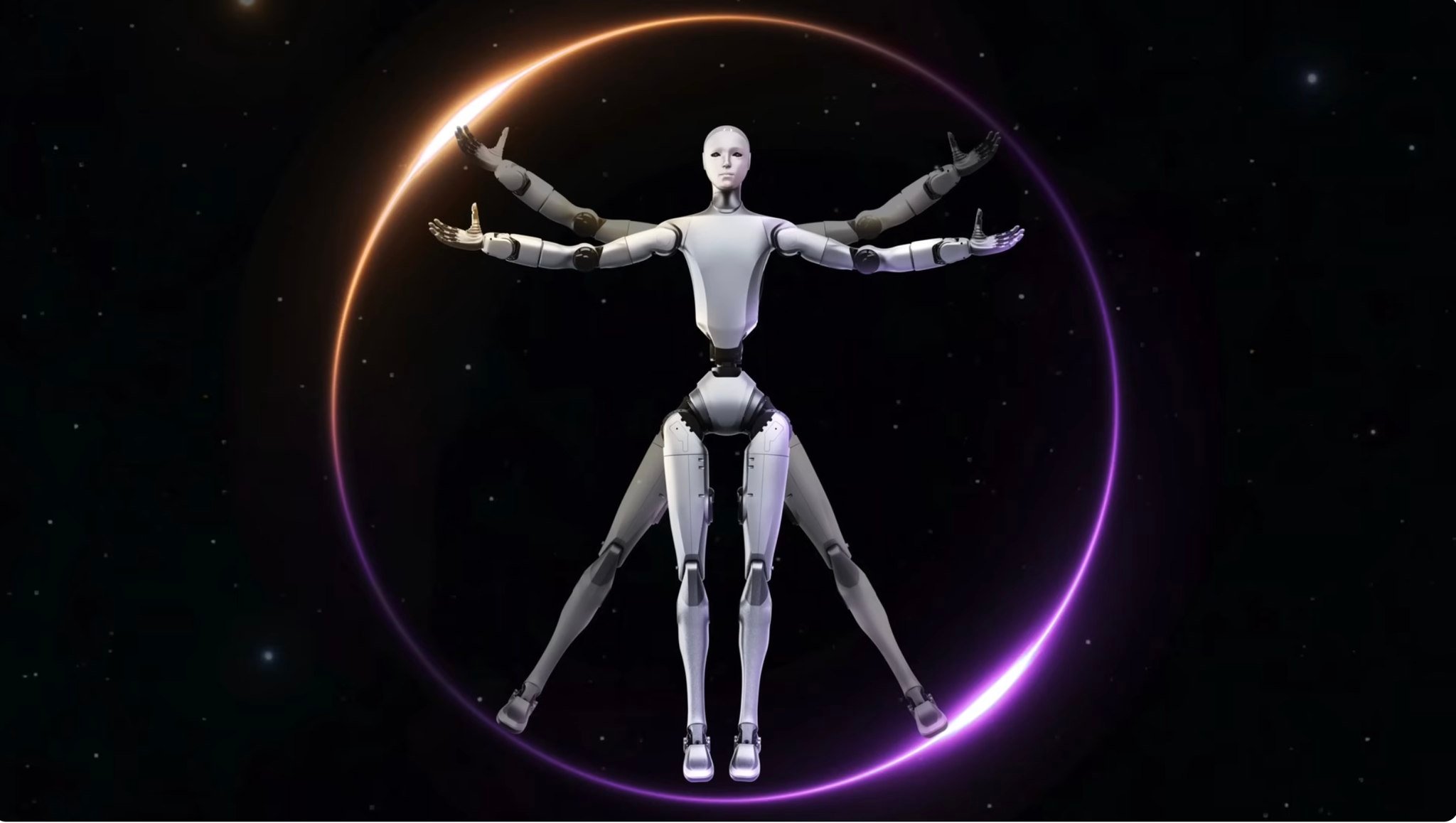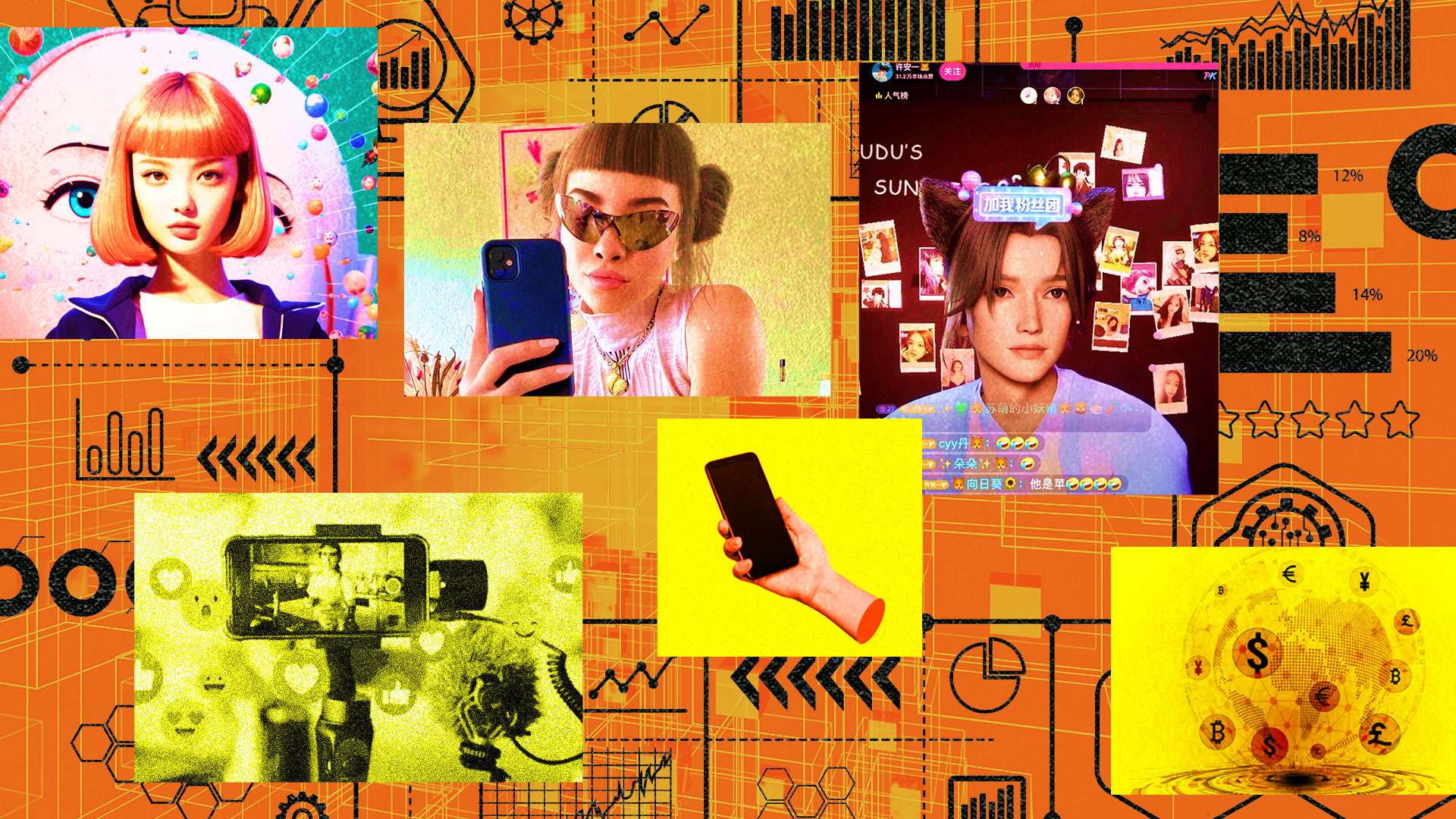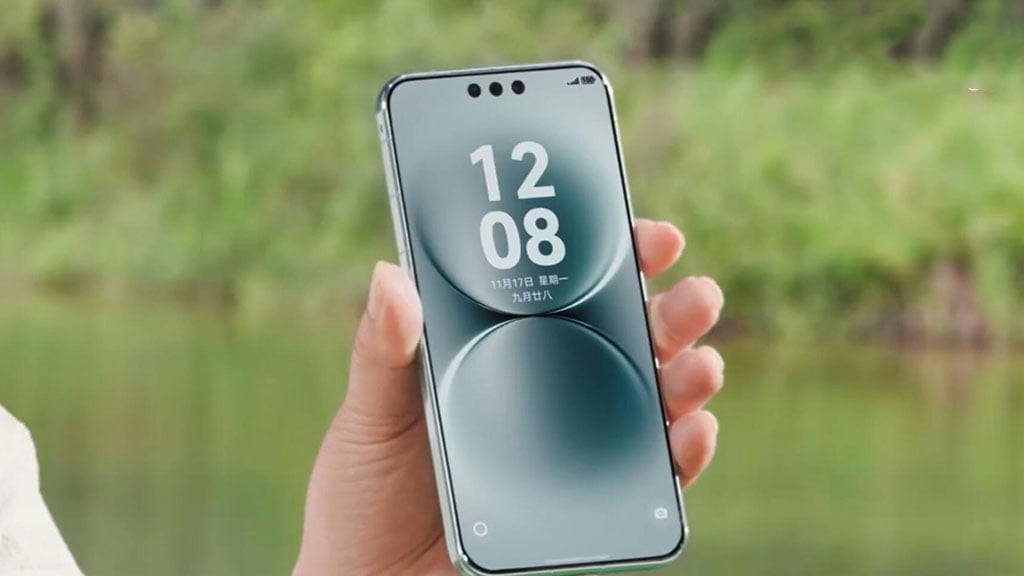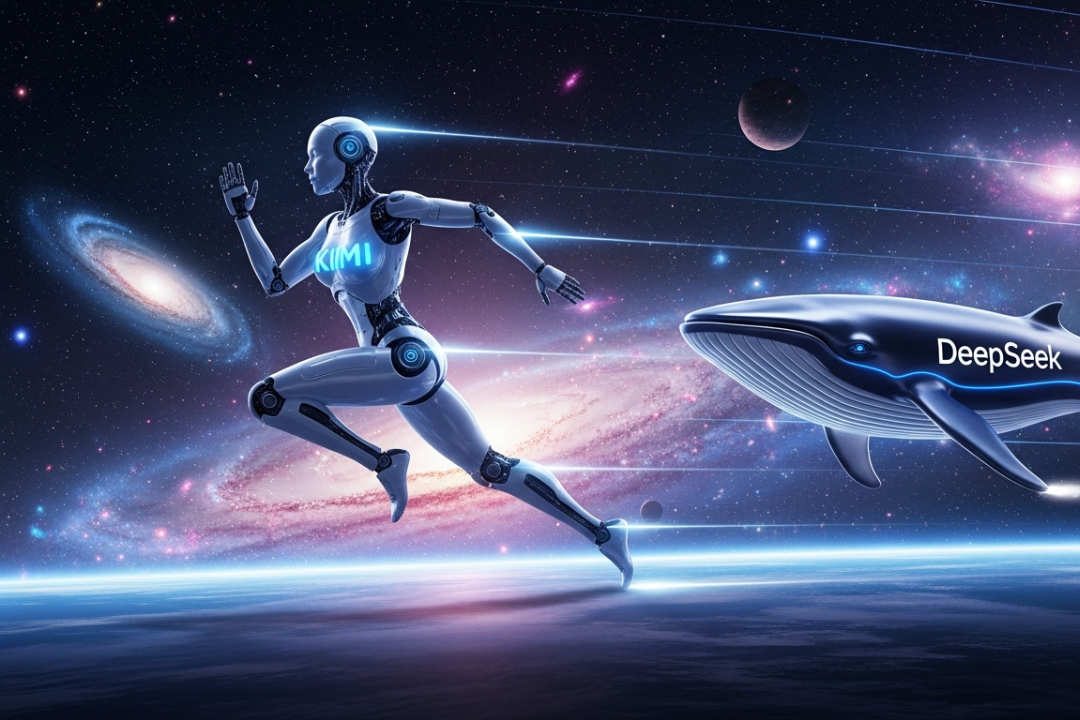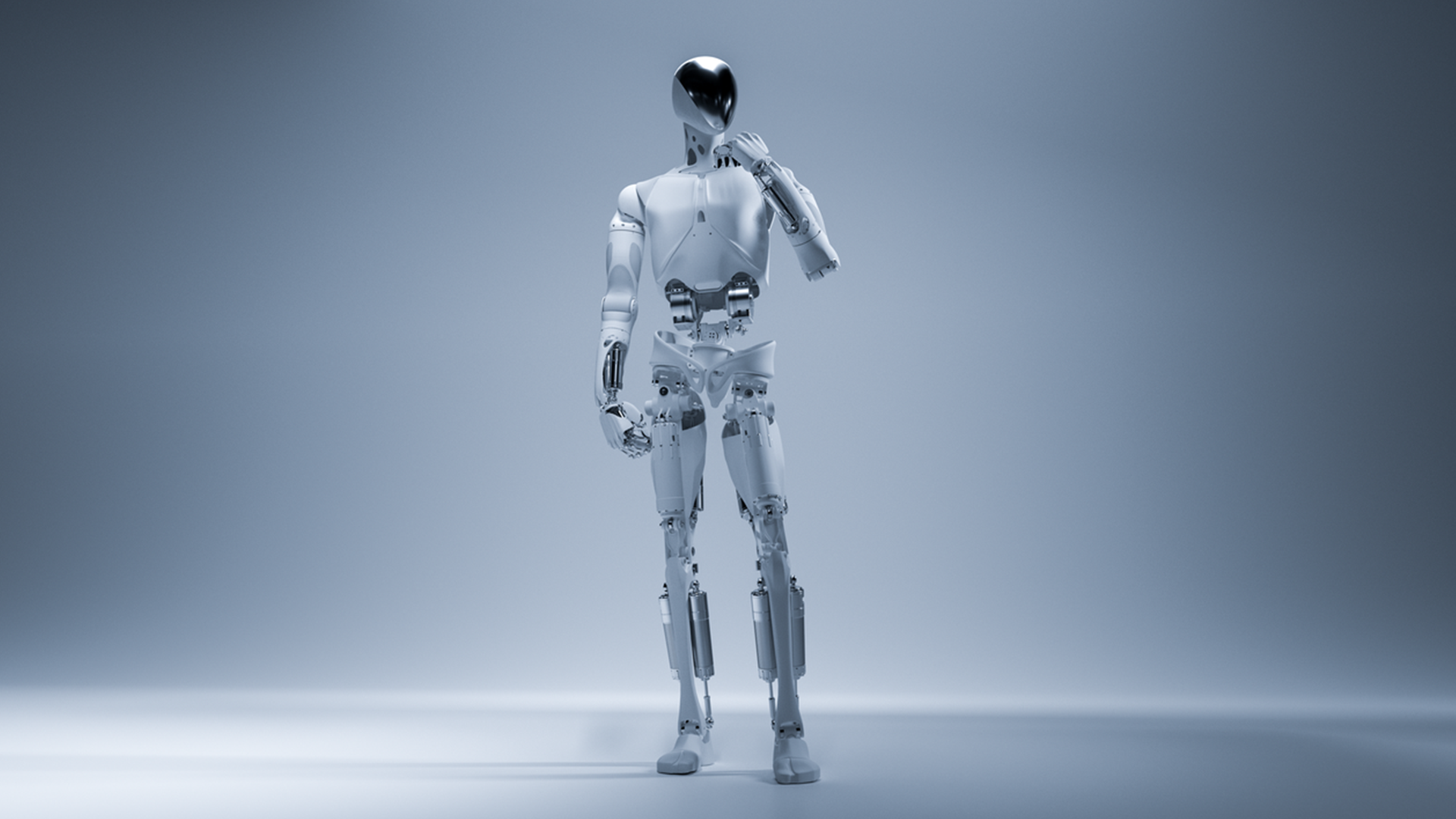Unitree Technology just released its latest marvel a couple of days ago: the Unitree H2 bionic humanoid robot. Standing at a human-like 180cm and weighing 70kg, the H2 isn’t just another incremental update. It’s a big leap forward in the race towards truly integrated human-robot coexistence. This machine isn’t merely designed for tasks, but engineered to feel like a presence, blurring the lines between tool and companion.
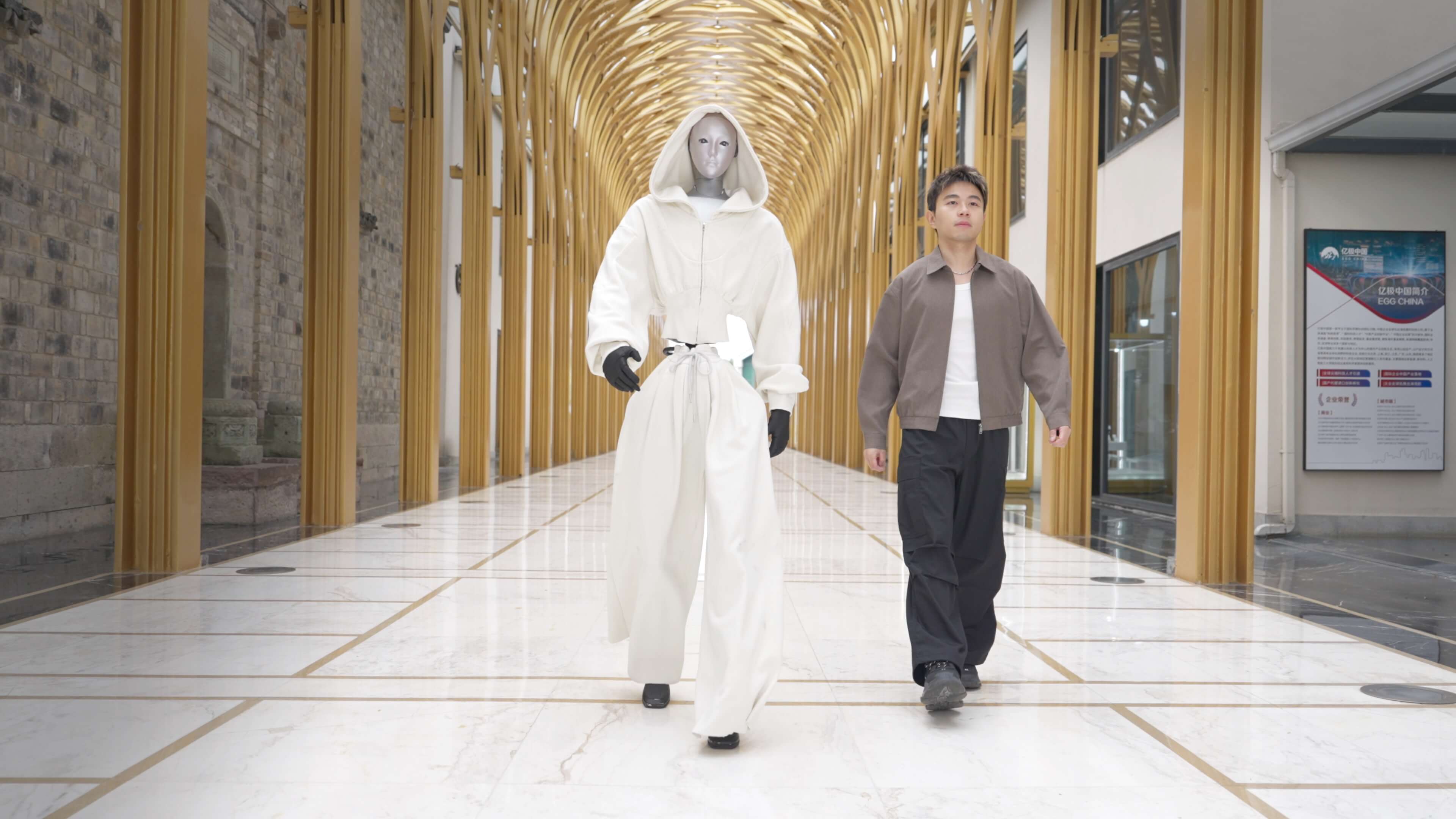
The H2 marks a significant evolution from its predecessors. While previous models like the H1 paved the way, the H2 boasts a dramatically enhanced mechanical complexity. With an impressive 31 joints—a 19% increase from the R1 model’s 26—the H2 achieves unparalleled dexterity and fluidity. This allows for movements previously thought impossible for robots, from complex dance routines to agile martial arts maneuvers, showcased with a natural, almost organic grace. Beyond raw power, Unitree has given the H2 a more humanistic face, a deliberate move to transition public perception from “cold metal skeletons” to relatable entities capable of “blending into human settings”—albeit not quite at the levels of Blade Runner or Westworld yet. Maybe more I, Robot?
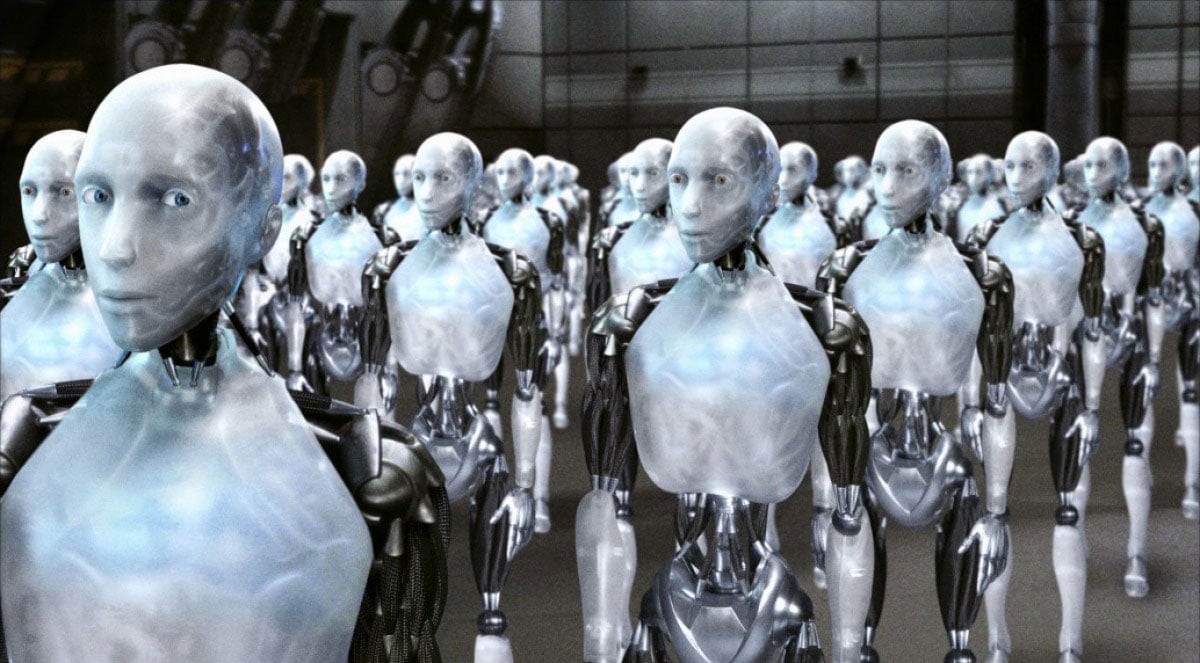
This design philosophy reflects a crucial pivot in the global robotics industry. Tech giants are increasingly recognizing that technical prowess alone isn’t enough; emotional and aesthetic factors are vital for widespread adoption. The H2 signals a future where robots are developed not just for speed or strength, but for their ability to integrate seamlessly into social and domestic environments. It underscores a shift from industrial-focused machines to potential “human companion machines,” pushing the boundaries of human-robot interaction.
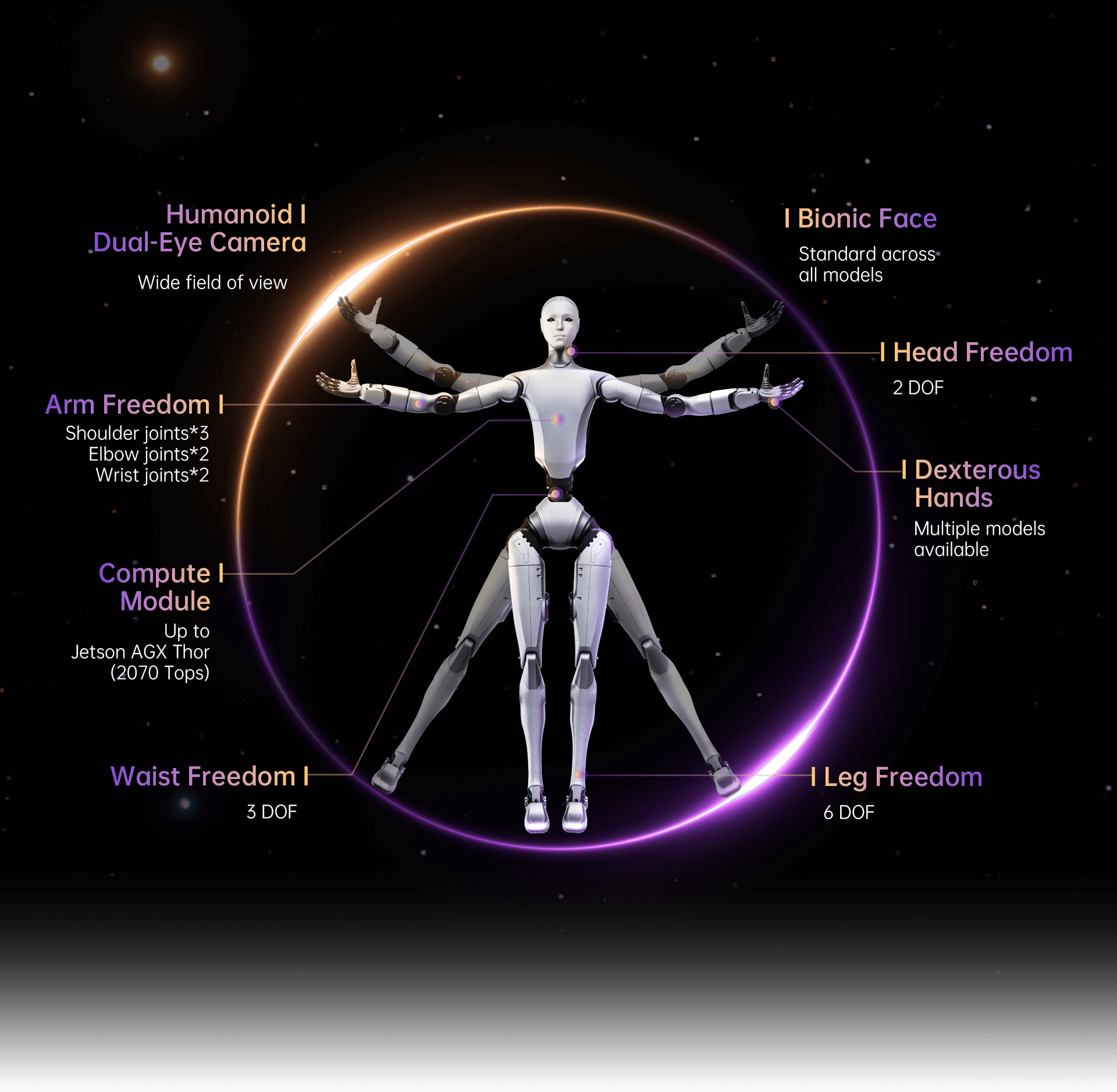
Looking ahead, the cultural landscape for future generations will undoubtedly be shaped by such advancements. Children born today will potentially grow up with robots like the H2, not as futuristic concepts, but as part of their everyday reality. This proximity will necessitate a philosophical reckoning: how will societies adapt to these new “members”? Cultural acceptance will vary wildly, with some cultures embracing robots in caregiving roles, while others prioritize complementary labor or precise industrial applications.
The key will be culturally competent robots—systems that understand nuances in communication, respect privacy expectations, and adhere to diverse safety norms. The H2 can be seen as representing more than just “the latest advancement in robotics.” It’s a big potential precursor to a world where our lives are more intricately intertwined with artificial beings.
Cover image via Unitree Technology.

